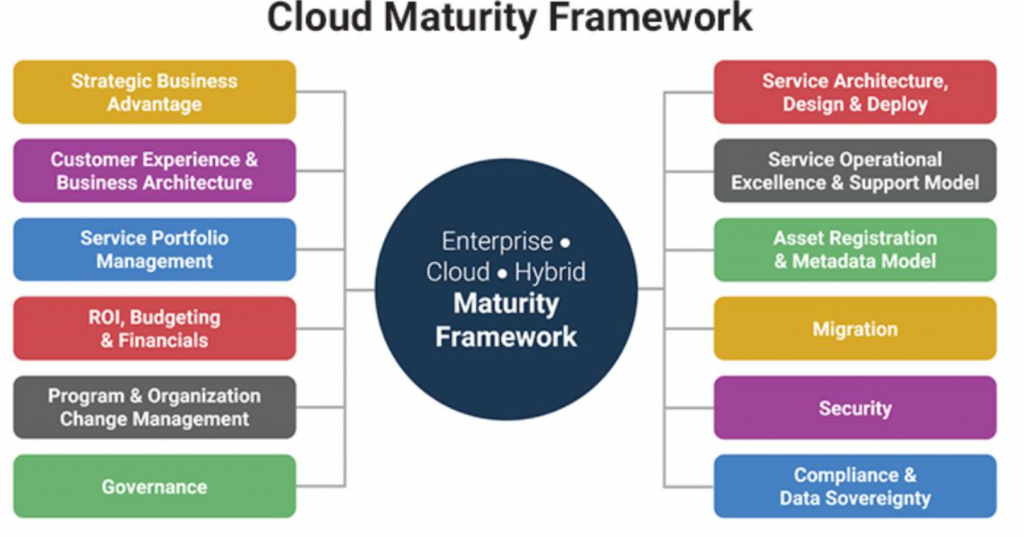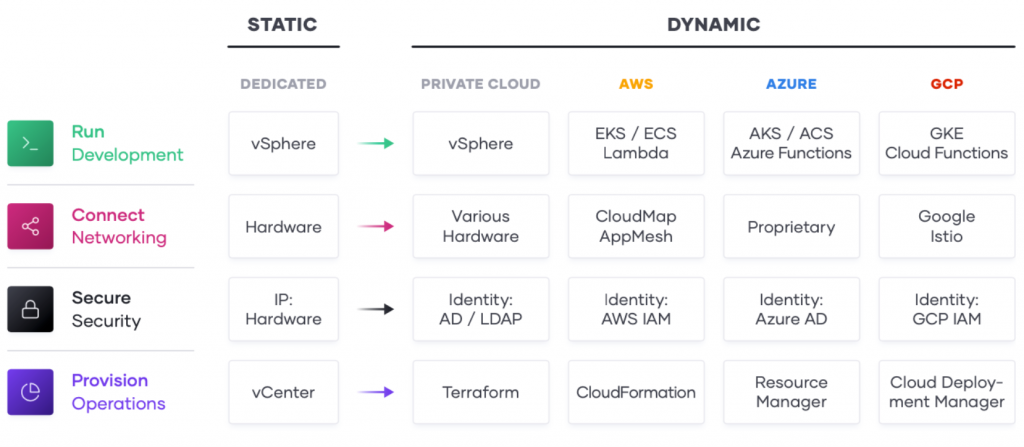
Are you feeling perplexed about the CloudOps Maturity Model? Fear not, my friend, for I am here to guide you through the murky waters of this complex topic. In this article, we will explore what the CloudOps Maturity Model is, how it works, and why it matters. So sit back, relax, and let’s dive in!
The Basics of CloudOps
Before we delve into the CloudOps Maturity Model, let’s first understand what CloudOps is. CloudOps, or Cloud Operations, is a set of practices and processes that are used to manage and operate cloud infrastructure. It involves managing the cloud environment, monitoring performance, and ensuring that everything is running smoothly.
CloudOps is crucial for organizations that rely on cloud services, as it helps to optimize the performance and cost-effectiveness of their cloud infrastructure. With the rapid growth of cloud computing, CloudOps has become an essential part of IT operations.
Framework

What is the CloudOps Maturity Model?
The CloudOps Maturity Model is a framework that helps organizations assess their CloudOps capabilities and identify areas for improvement. It provides a roadmap for organizations to achieve higher levels of maturity in their CloudOps practices.
The model consists of five levels of maturity, each representing a higher level of CloudOps capability:
Level 1: Ad Hoc
At the Ad Hoc level, an organization has no formal CloudOps processes in place. Cloud infrastructure is managed in an ad hoc manner, with no standardization or automation.
Level 2: Basic
At the Basic level, an organization has some basic CloudOps processes in place, such as monitoring and incident management. However, these processes are not standardized or automated.
Level 3: Standardized
At the Standardized level, an organization has standardized CloudOps processes in place. These processes are documented, automated, and repeatable.
Level 4: Advanced
At the Advanced level, an organization has advanced CloudOps capabilities, such as predictive analytics and automated remediation. CloudOps processes are integrated with other IT processes, such as DevOps and ITSM.
Level 5: Optimized
At the Optimized level, an organization has fully optimized CloudOps processes. Cloud infrastructure is managed proactively, with continuous improvement and optimization.

Why Does the CloudOps Maturity Model Matter?
The CloudOps Maturity Model matters because it helps organizations understand where they are in their CloudOps journey and what steps they need to take to improve. By assessing their CloudOps capabilities, organizations can identify areas for improvement and create a roadmap for achieving higher levels of maturity.
The CloudOps Maturity Model also helps organizations benchmark their CloudOps capabilities against industry best practices. This can help organizations stay competitive and ensure that they are keeping up with the latest trends and technologies in CloudOps.
Conclusion
In conclusion, the CloudOps Maturity Model is a useful framework for organizations looking to improve their CloudOps capabilities. By assessing their CloudOps maturity level and identifying areas for improvement, organizations can create a roadmap for achieving higher levels of maturity and staying competitive in the rapidly evolving world of cloud computing. So if you’re feeling overwhelmed by the complexity of CloudOps, remember that the CloudOps Maturity Model is here to guide you on your journey to CloudOps excellence!
- Why Can’t I Make Create A New Folder on External Drive on Mac – Solved - April 28, 2024
- Tips on How to Become a DevOps Engineer - April 28, 2024
- Computer Programming Education Requirements – What You Need to Know - April 28, 2024

